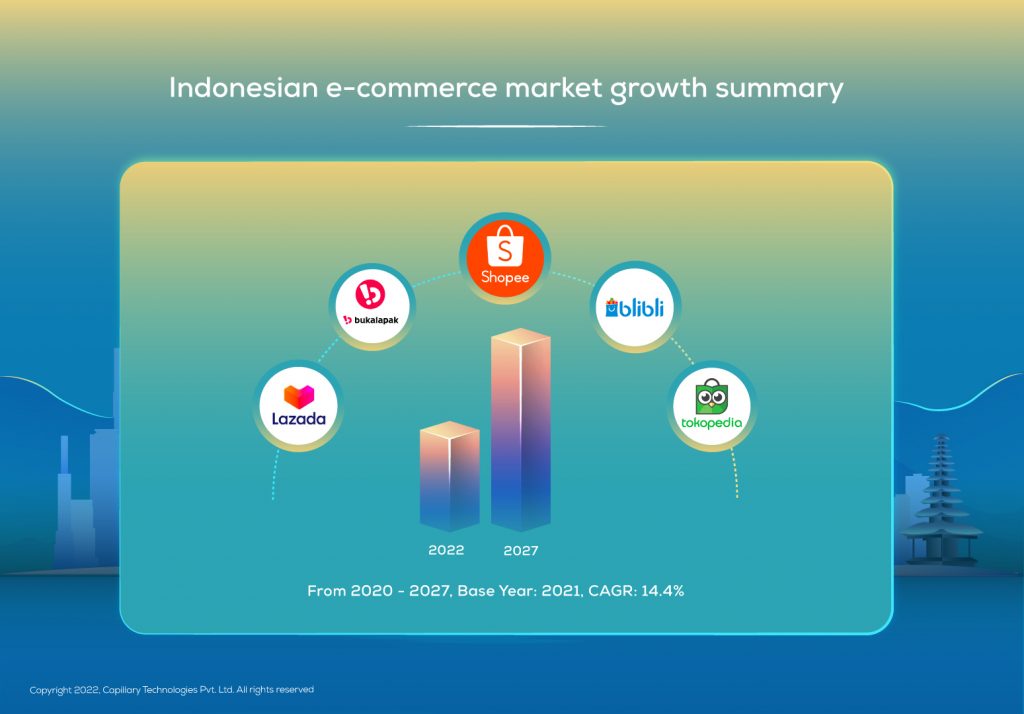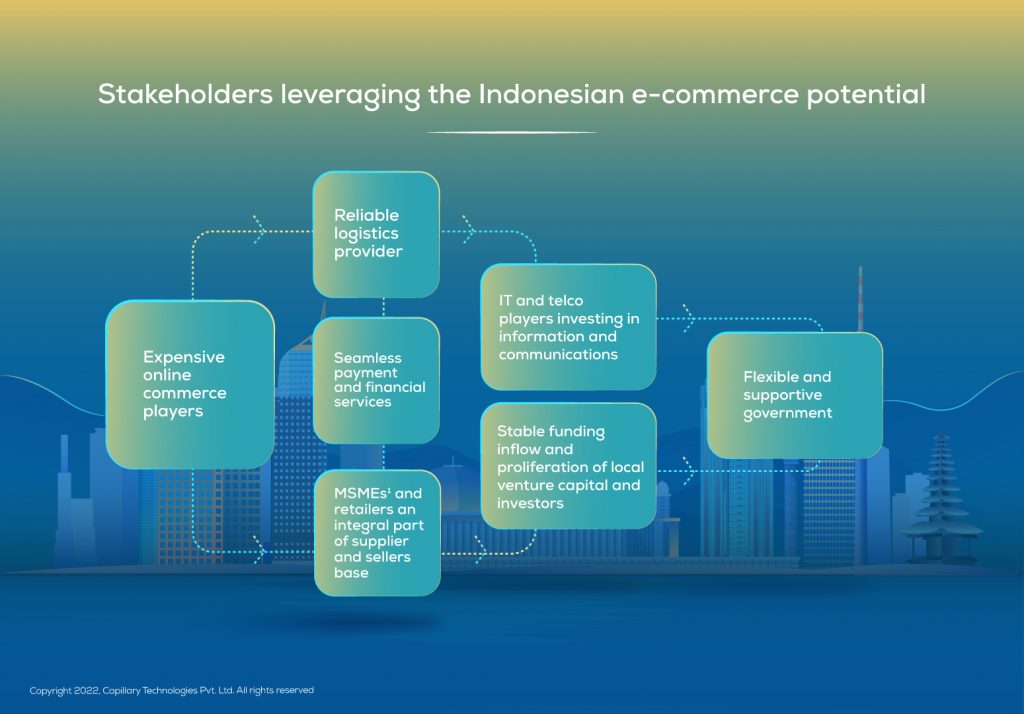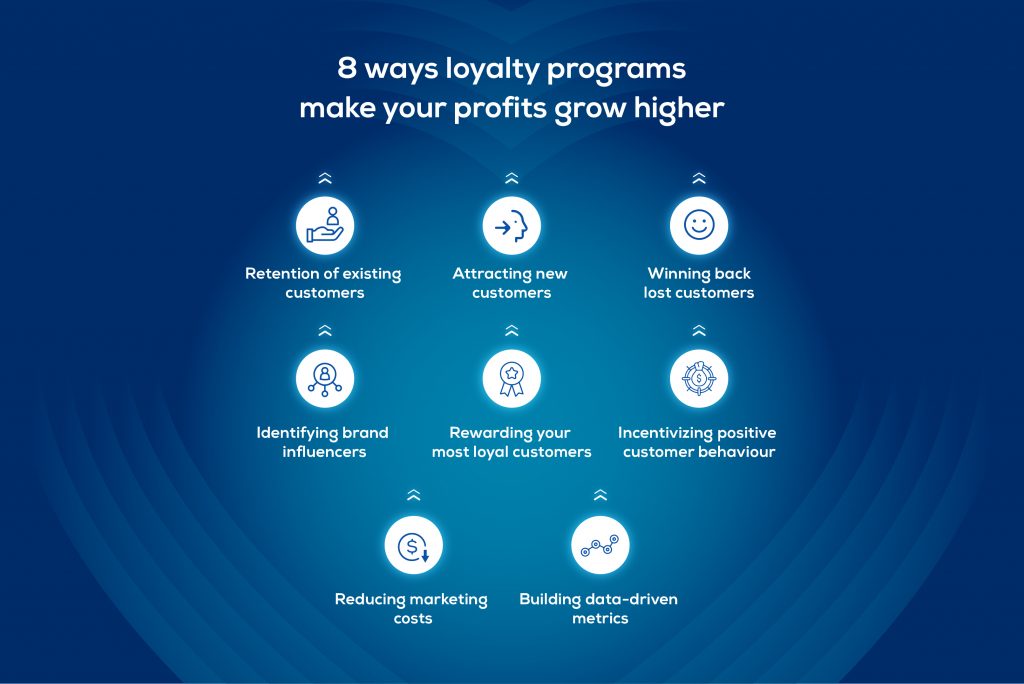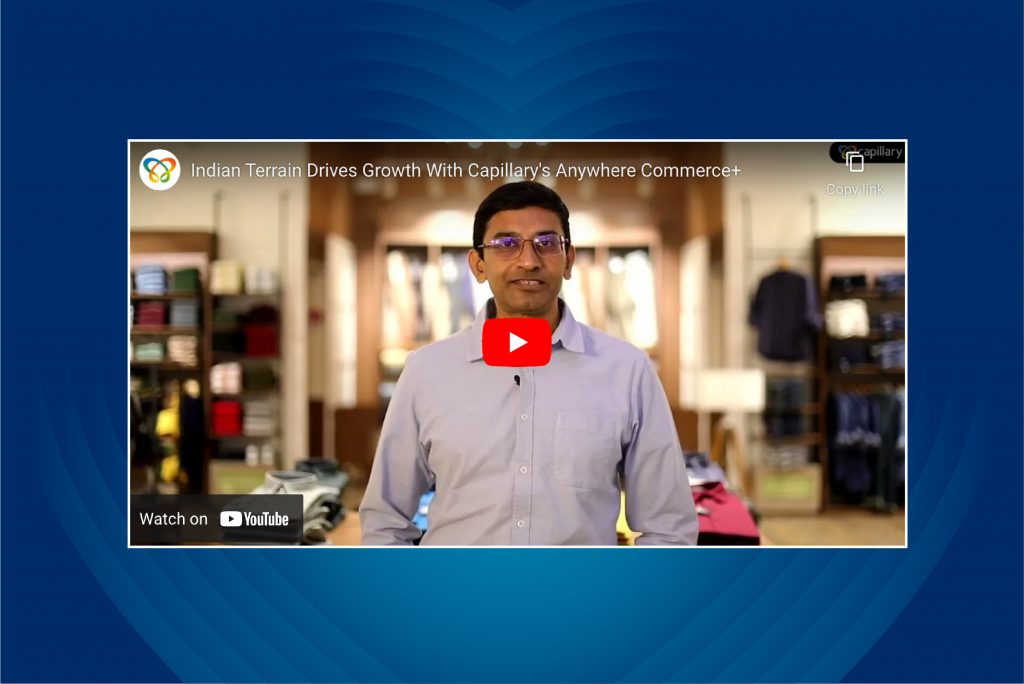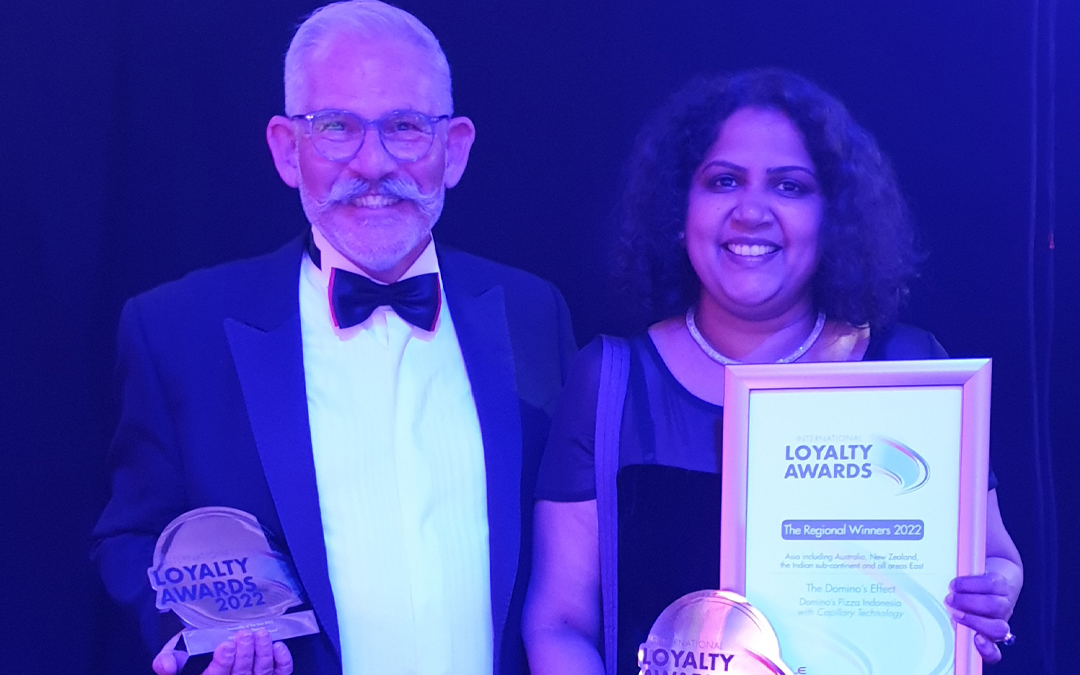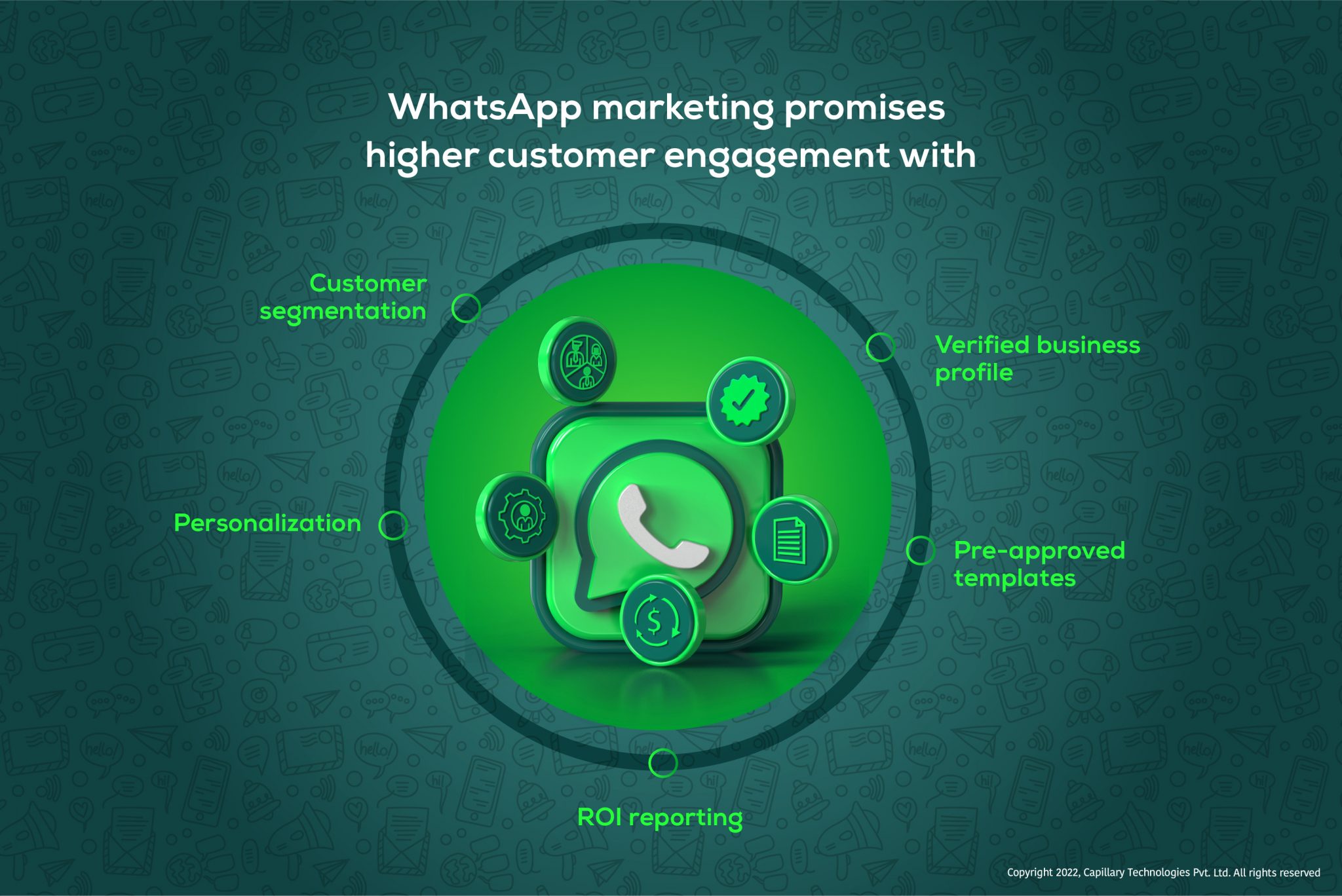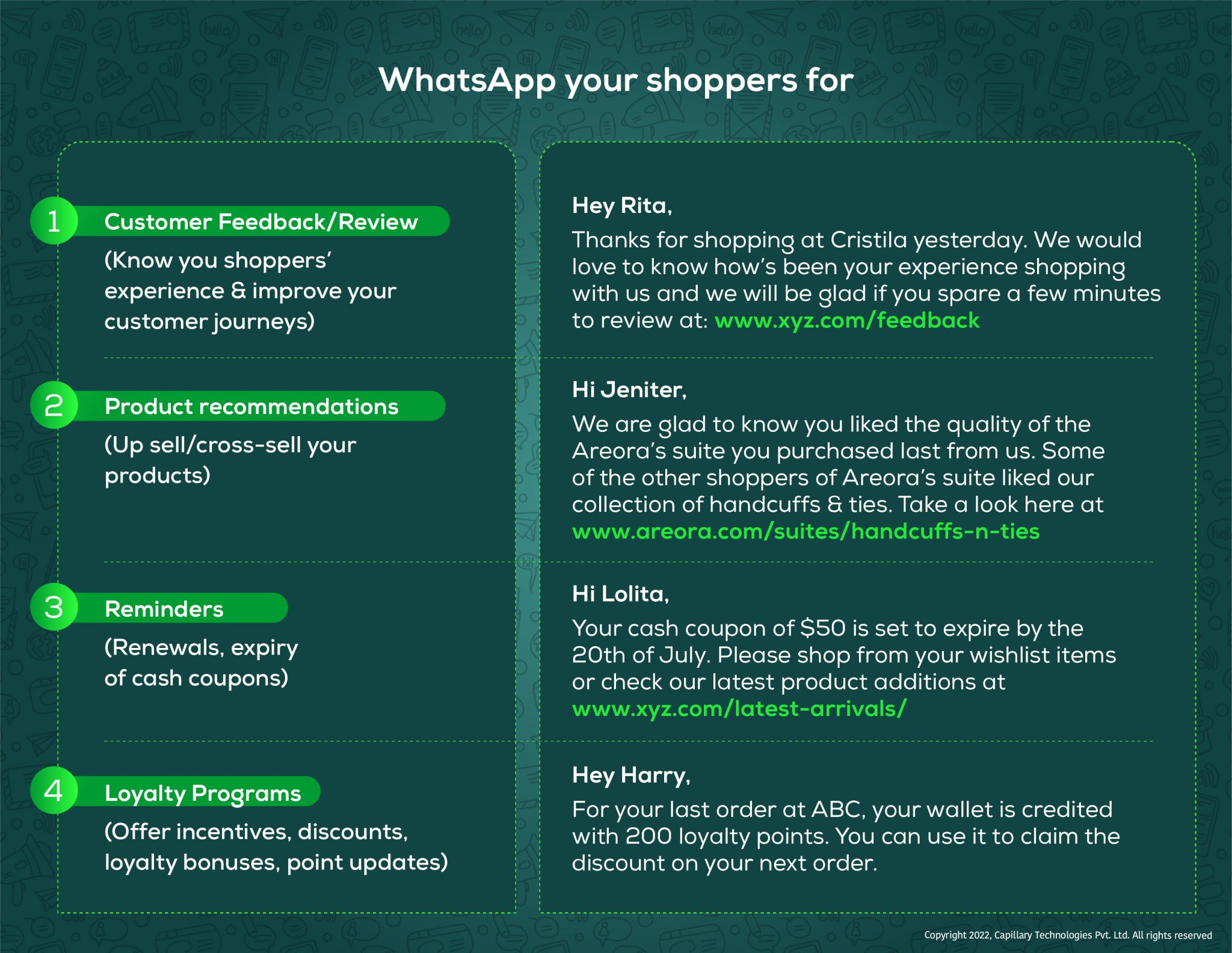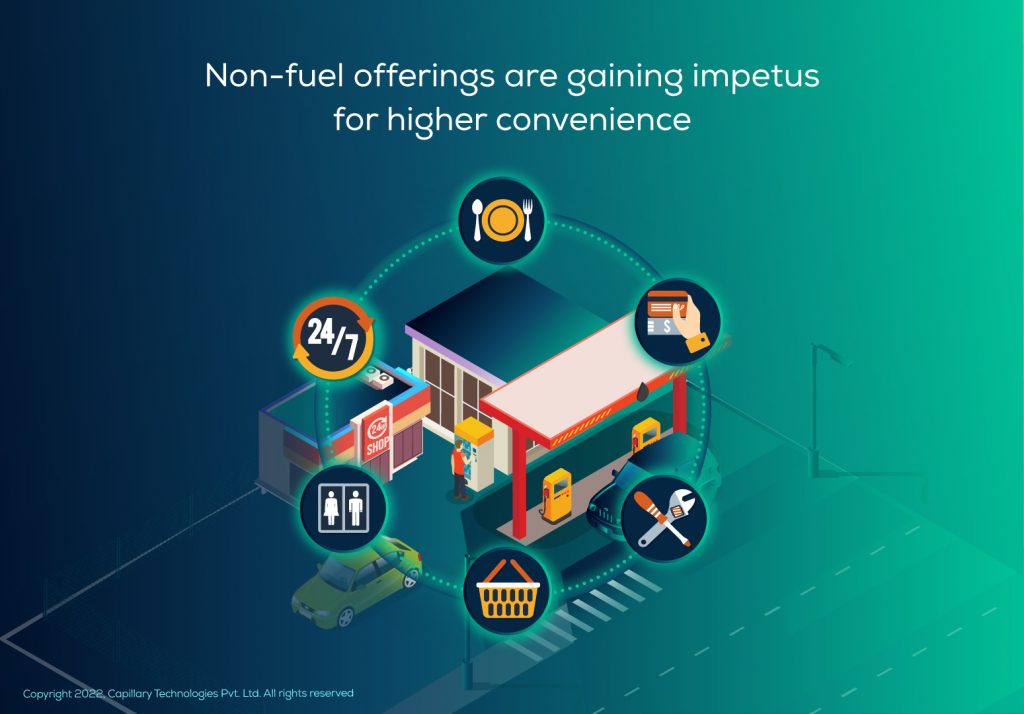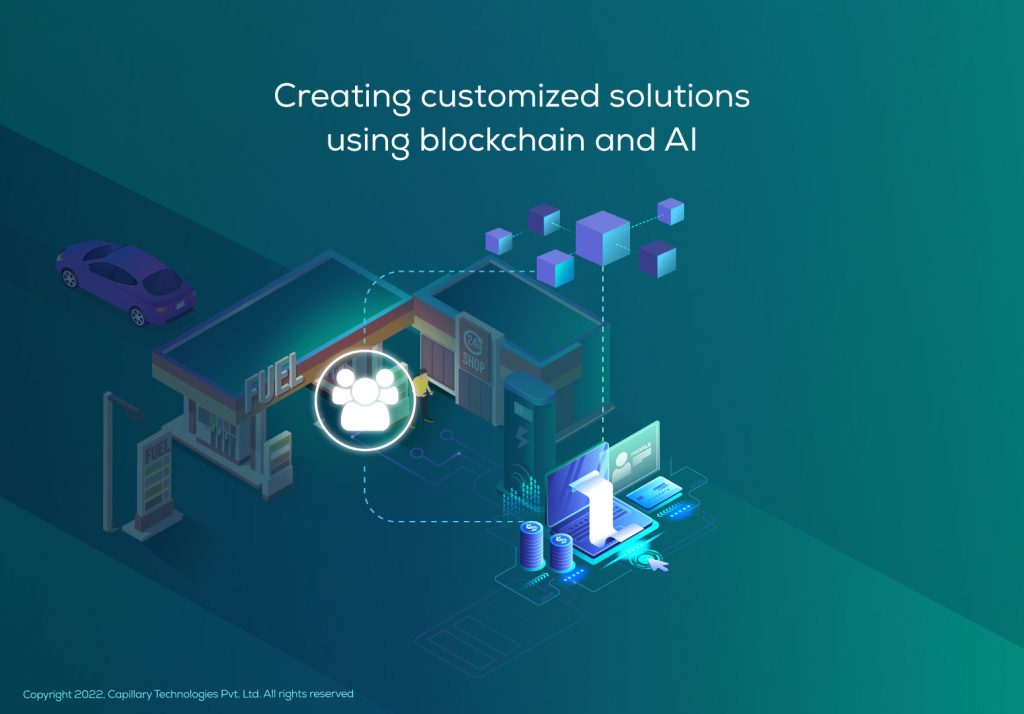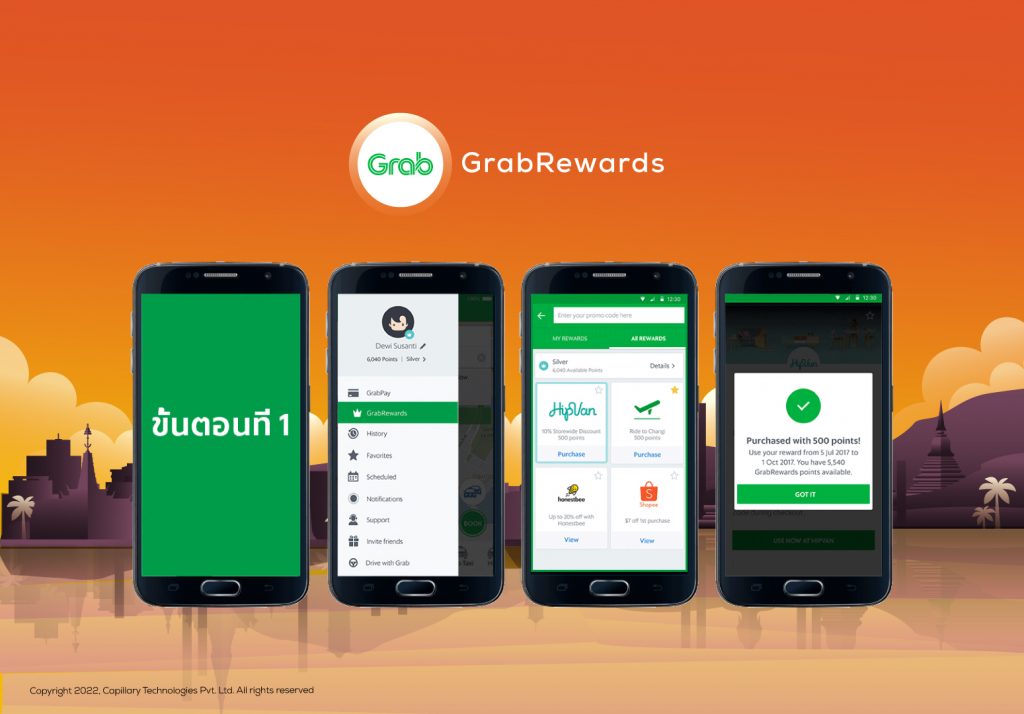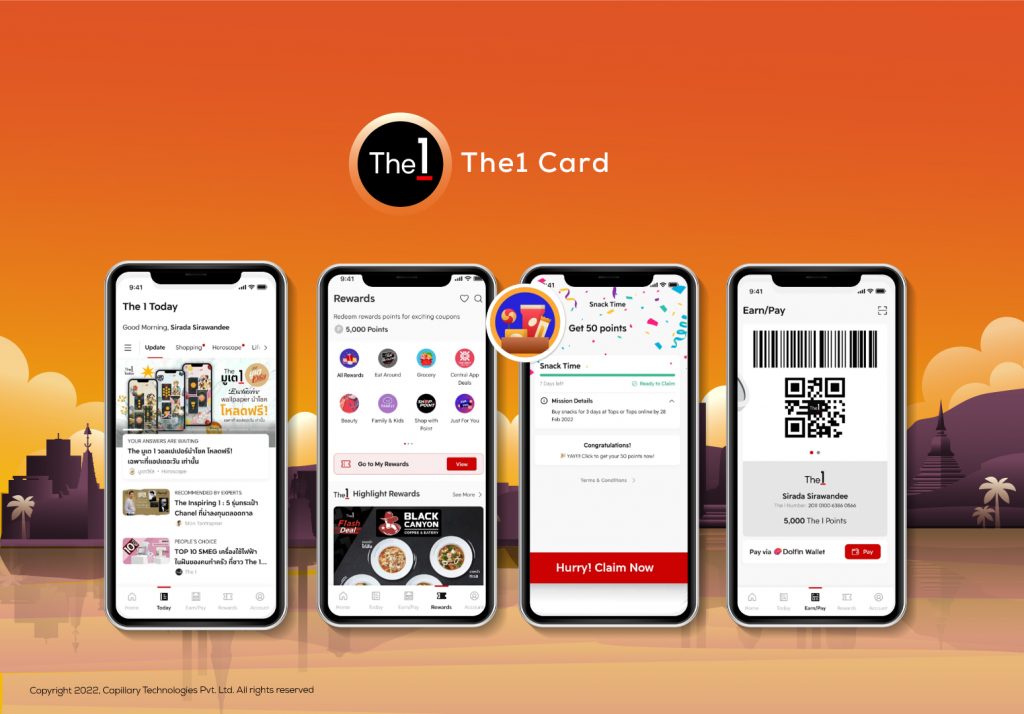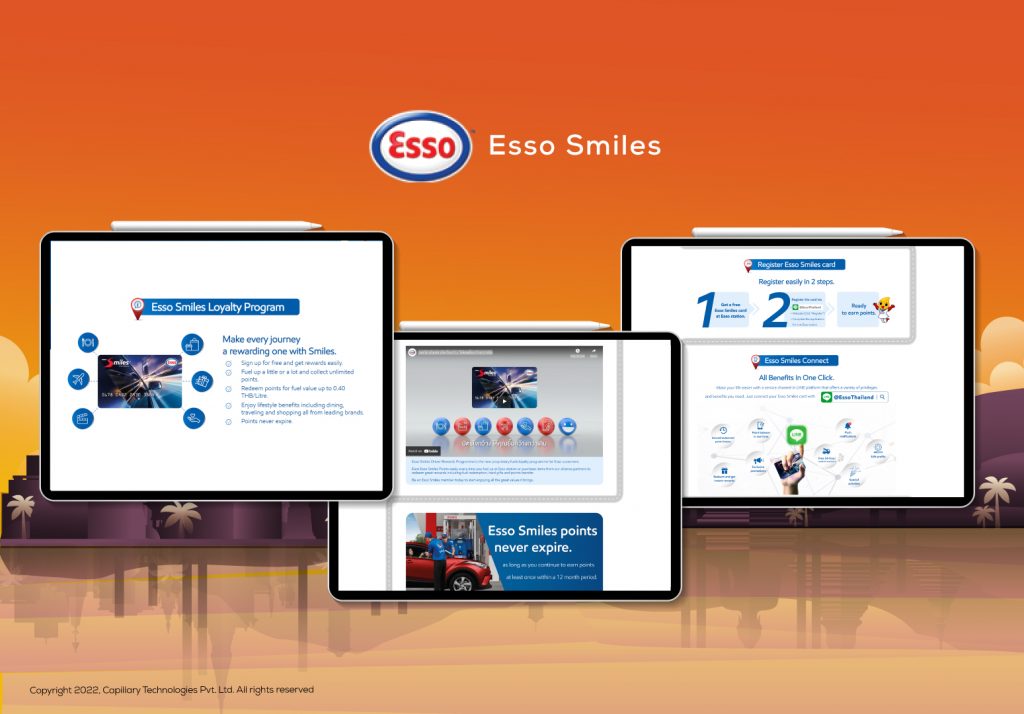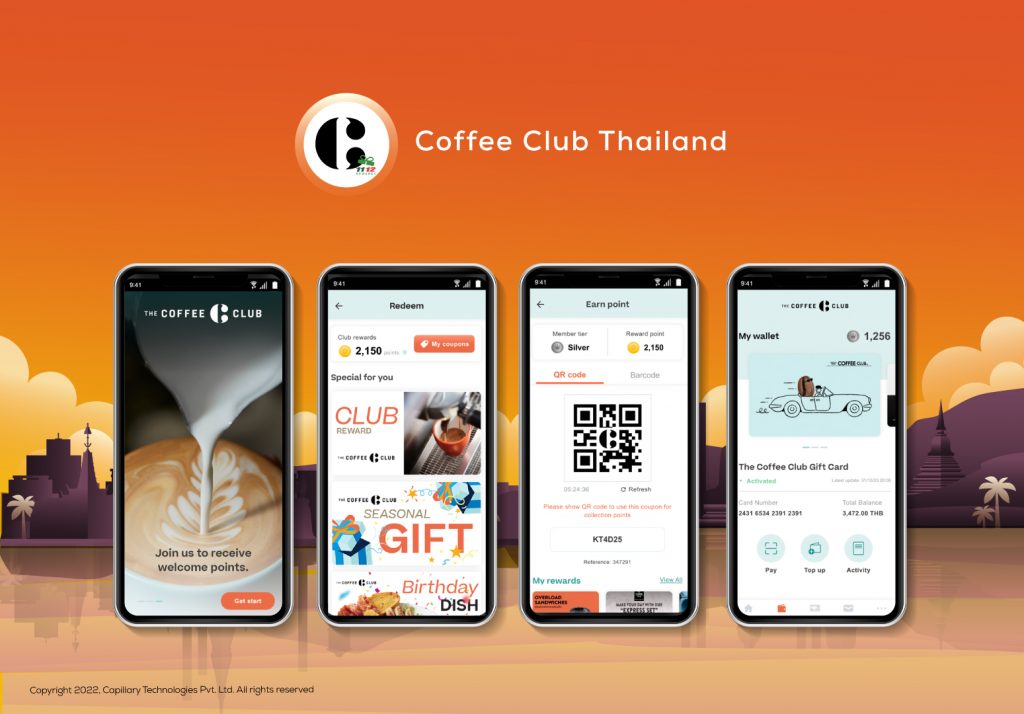With Southeast Asian online marketplaces booming since lockdowns, Indonesian e-commerce is expected to grow by 23.8% in 2022 to reach $30 Bn as forecasted by GlobalData. This optimistic trend can be attributed to the rising middle-class population contributing to increased internet usage (170 Mn users) – from 64% in 2020 to 73% in 2022 – alongside high smartphone penetration, cheap mobile data, and rapid digital payment adoption. The evolution of new buying preferences and habits also contributed to omnichannel commerce replacing traditional in-store purchases for leading retail outfits in Indonesia. Almost 30% of total expenditure is now online, with 1.6 billion shipments recorded in 2022. 2-3% of the GDP was thereby supported by e-commerce, which is a huge transition from 2017 when it was negligible. Moreover, the sector increased employment significantly with 26 million new jobs, primarily created by small and medium industries transitioning to commerce enablement.
E-commerce heralds Digital Transformation
Apart from building a reliable logistics infrastructure to support the influx of online orders, digital transformation was the need of the hour. Many businesses turned to in-house tech solutions by implementing partner-based applications that could merge easy payment setup and optimization seamlessly with existing operations. Global tech companies played a huge role in deploying excellent data management systems during the lockdowns. Toys, fashion, food and media purchases made up the largest share of the online revenue pie, followed closely by beauty, furniture, household and personal care. Owing to the pandemic spike in online consumption across key categories, Amazon also made heavy investments in Indonesia’s e-commerce startup market of up to $87 Bn in Ula alone. Meanwhile, Shopee, Lazada, Bukalapak and Tokopedia are all independent online marketplaces thriving in the here and now. It is, thus, safe to say that the nation’s e-commerce landscape is developing rapidly, and brands need to innovate now to retain the customers they have newly acquired, through personalization and curated brand experiences, the cornerstone of successful CRM initiatives.
Traditional E-commerce meets Social Commerce
McKinsey reported that almost 30 Mn Indonesians transact online frequently to open up possibilities for an already strong market that could go up to upwards of $40 Bn in the next 5 years. The demographic trend is towards tech-savvy, mobile-first young consumers who spend the most time connecting with peers and influencers online. It comes as no surprise, then, that social media companies such as Meta, Line, YouTube and Twitter are all investing heavily in social commerce. This subset is expected to be valued at anywhere between $15 Bn to $20 Bn in 2022. Leveraging new formats of interaction with high engagement through influencers, this mode of online purchase through social platforms is clearly then redefining the way forward for many industries.
While the goods are listed for sale online, the informal approach of social commerce, however, requires a very solid backend SKU management and delivery system. Due to fewer SKUs getting listed on social media platforms – compared to traditional web or mobile e-commerce applications – many companies are taking the ‘hybrid’ approach where they sell across all their owned platforms. This works best for the customer experience to improve progressively as the awareness of products grows through social media marketing. The strategic advantage of an integrated model, thus, far exceeds operating through individual platforms in silos.
Order tracking and last mile fulfillment depend on the same online and offline operations that are utilized by larger e-commerce players through the web or mobile applications. Hence, an omnichannel customer experience strategy is essential for the smooth functioning of e-commerce platforms – social or not – overall, as it ensures that the customer journey & data is tracked across multiple touchpoints, enabling a superior customer experience. This aspect of digital transformation was the most crucial for those Indonesian companies, in particular, who came online for the very first time during the pandemic. The need to deliver goods and services, previously available only in stores, led to varied innovations including BOPIS/ROPIS that combines online selection and order placement with offline trials or collection. Provinces outside of Jakarta are now finding better access to all that they need to be delivered at home, and are spending 10% more on delivery instead of traveling to the capital for any major purchase.
Superior Tech Implementation Proves Crucial
Whether a social media account or an online marketplace, acquiring and activating the customer and unifying customer data into a singular repository is very important for omnichannel hyper-personalization. Thus, while companies choose their e-commerce solution, they are also investing into CDP, and marketing automation software to deliver true omnichannel engagement. Companies are increasingly adopting a full-stack e-commerce stack that offers native integration with CDP, CRM/Loyalty layer and Engagement Platform. This integration enables omnichannel hyper-personalization, across storefront, mobile, social media, email marketing, loyalty campaigns, etc.
Capillary Technologies has been partnering with Indonesia’s leading brands such as Levis to enable the end-to-end omnichannel customer experience for their customers. The native integration of digital commerce and CDP+, Loyalty+ engagement capabilities enable us to offer AI-based algorithm-driven insights (nearly 70 behavioral and propensity filters) and deliver compelling campaigns at scale. Engage+, Capillary’s AI-powered engagement and automation platform, helps in precision-targeted engagement across social, in-store, email, mobile push, etc.
Across locations in Indonesia, such implementations ensure that customers remain engaged at all times, whether through messaging around new product launches or rewards and recognition based on their most-loved existing products. As a result, our Indonesian clients are seeing higher customer loyalty through online transactions than ever before. Get in touch with our experts at Capillary Technologies to know more about making a full-stack transition within e-commerce.
